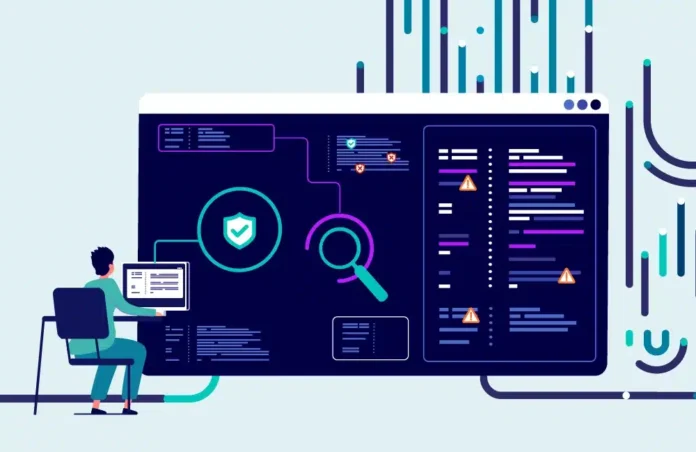Companies are facing greater dependency on dynamic application security scanning software. As companies increasingly rely on high-tech solutions for myriad applications, application security scanning becomes more of a necessity. With so many endpoints needing protection, notably the Internet of Things (IoT), cloud services, and mobile apps, it’s clear that appropriate security tools are required to secure apps and protect the integrity of networks, systems, and data. Given the glut of available options, it can be overwhelming for companies to select the best solutions.
First up, it’s essential to understand the specific requirements of your business about security protocols. By identifying your company’s needs, the types of data handled, and the apps to secure, it’s easier to get a more holistic picture. Equally important is compliance. The company’s security budget should be factored into the equation to dovetail with expectations. As a case in point, companies requiring secure web applications may do well with web application security tools.
Understanding what software programs and services do is sacrosanct when it comes to security tools. They advocated for identifying, preventing, and mitigating application vulnerabilities. Each security tool serves a different purpose, and careful selection is warranted.
Static Application Security Testing Tools (SAST) and SCA
SAST tools – static application security testing – are geared towards analyzing the source code of apps. They are powerful security testing tools for analyzing code without running the specific application. As a result, these security tools are able to identify in the source code, and software, including, but not limited to, cross-site scripting (XSS), SQL injection, and buffer overflows.
SCA tools, like many others designed to scan, alert, and safeguard company systems,
are adept at analyzing an app’s third-party libraries, including components. By doing so, it is capable of identifying security weaknesses. These tools and resources are excellent for spotting outdated software versions, license compliance issues, and well-known security weaknesses.
When choosing between static application security testing and SCA, it’s important to understand what each security solution does.
API ST – Application Programming Interfaces Security Testing
API ST tools and resources are geared towards testing the application programming interfaces. These types of tools can easily identify weaknesses, including broken authentication,
injection attacks, or related authorisation issues.
OSA tools – Open Source Analysis for Company Security
These types of security tools are designed for scanning open source components of applications. There are used to identify security flaws, based on an extensive database of known vulnerabilities. OSA tools compare these vulnerabilities with open source components that are used in the app. As such, they are powerful security solutions for identifying weaknesses, including, but not limited to, licence compliance, outdated software, incompatible software, and other safety and security weaknesses.
RASP Tools – Runtime Application Self-Protection Tools
As its namesake suggests, RASP tools are geared towards monitoring applications in runtime. They enact specific actions designed to repel attacks. These tools and resources can easily detect and prevent malicious attacks such as remote file inclusion (RFI), cross site scripting (XSS), and SQL injection. These tools are capable of informing high-tech security departments of intrusions, weaknesses, and active security breaches etcetera, with real-time monitoring.
Interactive Application Security Testing Tools (IAST)
IAST resources use a combination of elements from SAST and DAST. The latter is known as Dynamic Application Security Testing. These powerful resources are geared toward the analysis of the source code of applications. They mimic the application’s functionality, using real-time scanning, analysis, and targeting to spot vulnerabilities. Interactive Application Security Testing tools can determine, identify, and pinpoint business logic errors, authentication errors, validation, and the like in mobile app development.
Every security tool listed above, and many others similar to them, have specific levels of effectiveness. Companies are urged to pay attention to data security, source code security, and overall application security. Failure to act can render a company’s operations inoperable. These types of vulnerabilities pose serious credibility, financial, and legal risks. Therefore, businesses must evaluate their security requirements before purchasing or subscribing to a specific application security scanning software.
Recall it’s imperative to assess the security tool’s accuracy, test it against particular needs, and analyze its capabilities vis-a-vis reporting and actionable insights. Generally, many companies integrate multiple better overall protection. Therefore, app security tools should easily and seamlessly integrate with others in your company. Tools should be scalable, given that companies are geared towards growth. As the workload increases, the tool should seamlessly and effectively blend into the security features of the business environment.
















